Magpie Shrike
Posted: Fri Mar 14, 2014 7:55 pm
735. Magpie Shrike (Formerly known as Long-tailed Shrike) Urolestes melanoleucus (Afrikaanse Langstertlaksman)
Order: Passeriformes. Family: Laniidae
Description
45 cm. A distinctive, long-tailed, pied bird. Black and white plumage and a striking, long, graduated tail.
Sexes similar. Female has creamy white flanks, that are lacking on the male.
Juveniles have a shorter tail and dark brown plumage. Immature is bronze-brown with a grey rump.
Distribution
It has three separate populations - one in Kenya and Tanzania, another in Malawi and northern Mozambique and the largest one from Angola and Zambia to southern Africa. Here it locally common in Zimbabwe, Botswana, north-eastern Namibia, Limpopo Province, Gauteng and North-West Province.
Habitat
It favours open savanna woodland with short grass clumps and bare ground, also occurring in broad-leaved woodland and disturbed areas with Acacia tree stands, such as in suburban gardens and town parks.
Diet
It mainly eats insects (also small reptiles, mice and fruit), using a variety of foraging techniques. It often perches in a prominent position, searching for a food item. Once it spots something it dives to the ground and catches it. It also gleans prey from leaves and branches, and sometimes searches for them at ground level.
Breeding
Monogamous. A facultative cooperative breeder, meaning that the breeding pair or assisted by 1-3 helpers who are usually juveniles from the previous brood. Nest construction is handled by both sexes - group members have never been observed assisting them. It basically consists of an untidy cup made of twigs, grass stems and roots, typically placed in the upper branches of an Acacia tree. Egg-laying season peaks from October-January. It lays 2-6 yellowish eggs, which are incubated solely by the female for about 16 days, the male and group members providing her with food. The chicks are cared for both parents and group members, leaving the nest after about 15-19 days. As it usually lays two clutches per breeding season the fledglings help to rear the next brood.
Call
The call is a clear fluid theeu-teewoo and several birds may call at the same time. Often the males and females will call in duet, each contributing a part of the call. Listen to Bird Call.
Status
Common resident, sedentary but moves locally in response to drought and fires. Usually in groups of 3-12 birds.
Order: Passeriformes. Family: Laniidae
Description
45 cm. A distinctive, long-tailed, pied bird. Black and white plumage and a striking, long, graduated tail.
Sexes similar. Female has creamy white flanks, that are lacking on the male.
Juveniles have a shorter tail and dark brown plumage. Immature is bronze-brown with a grey rump.
Distribution
It has three separate populations - one in Kenya and Tanzania, another in Malawi and northern Mozambique and the largest one from Angola and Zambia to southern Africa. Here it locally common in Zimbabwe, Botswana, north-eastern Namibia, Limpopo Province, Gauteng and North-West Province.
Habitat
It favours open savanna woodland with short grass clumps and bare ground, also occurring in broad-leaved woodland and disturbed areas with Acacia tree stands, such as in suburban gardens and town parks.
Diet
It mainly eats insects (also small reptiles, mice and fruit), using a variety of foraging techniques. It often perches in a prominent position, searching for a food item. Once it spots something it dives to the ground and catches it. It also gleans prey from leaves and branches, and sometimes searches for them at ground level.
Breeding
Monogamous. A facultative cooperative breeder, meaning that the breeding pair or assisted by 1-3 helpers who are usually juveniles from the previous brood. Nest construction is handled by both sexes - group members have never been observed assisting them. It basically consists of an untidy cup made of twigs, grass stems and roots, typically placed in the upper branches of an Acacia tree. Egg-laying season peaks from October-January. It lays 2-6 yellowish eggs, which are incubated solely by the female for about 16 days, the male and group members providing her with food. The chicks are cared for both parents and group members, leaving the nest after about 15-19 days. As it usually lays two clutches per breeding season the fledglings help to rear the next brood.
Call
The call is a clear fluid theeu-teewoo and several birds may call at the same time. Often the males and females will call in duet, each contributing a part of the call. Listen to Bird Call.
Status
Common resident, sedentary but moves locally in response to drought and fires. Usually in groups of 3-12 birds.
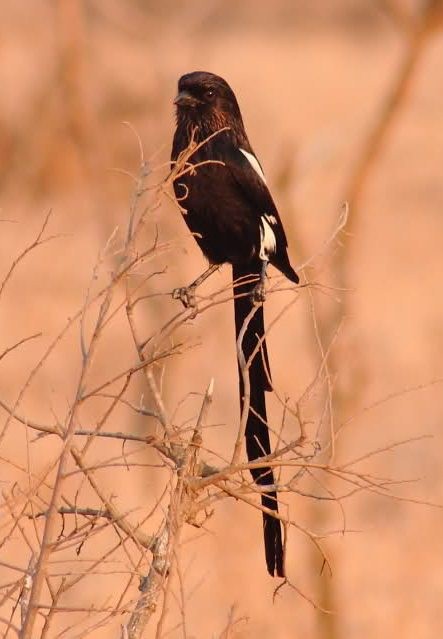
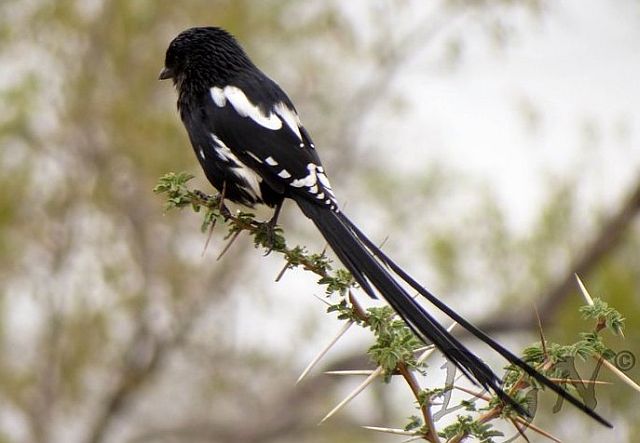 © JustN@ture
© JustN@ture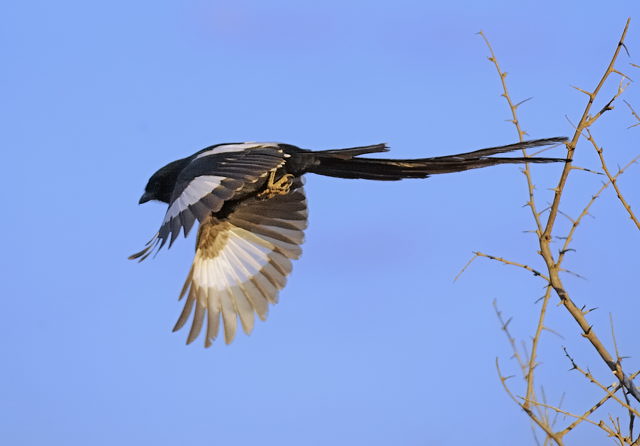 © Dewi
© Dewi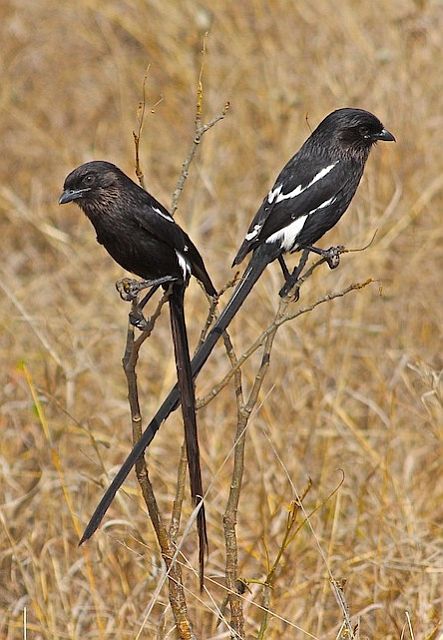 © ExFmem
© ExFmem © ExFmem
© ExFmem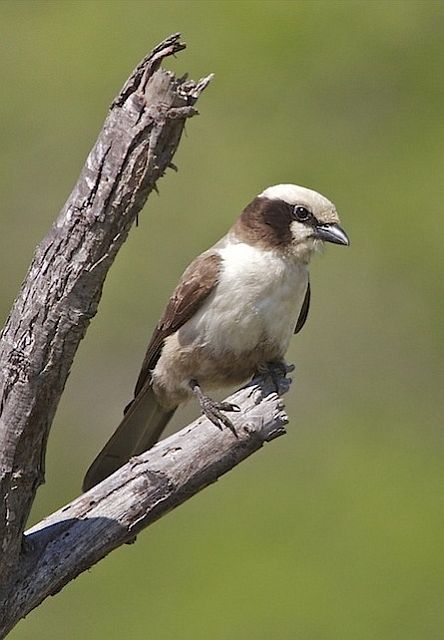 © ExFmem
© ExFmem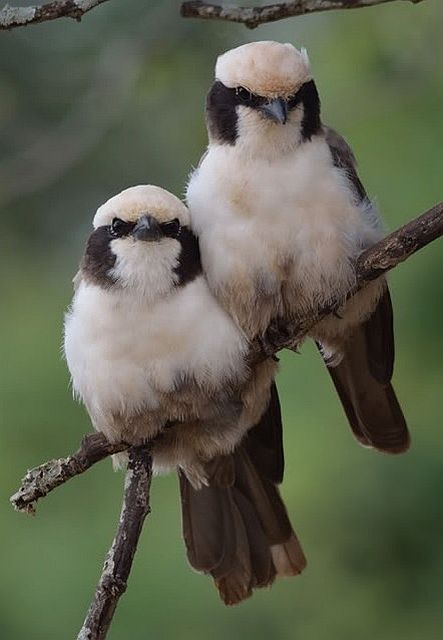 © BluTuna
© BluTuna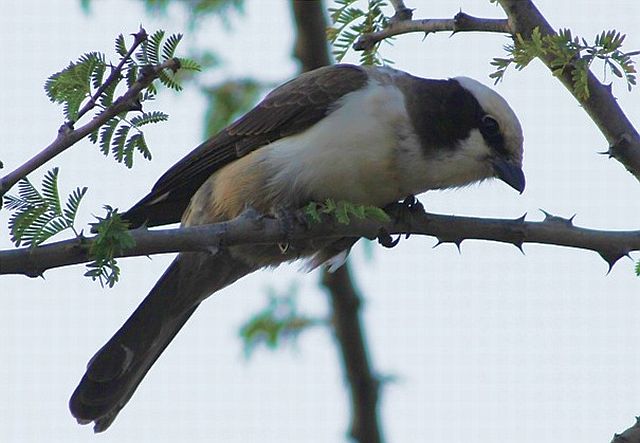 © Amoli
© Amoli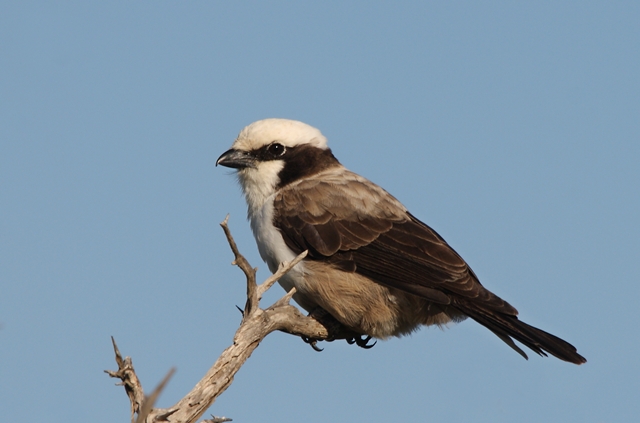 © Flutterby
© Flutterby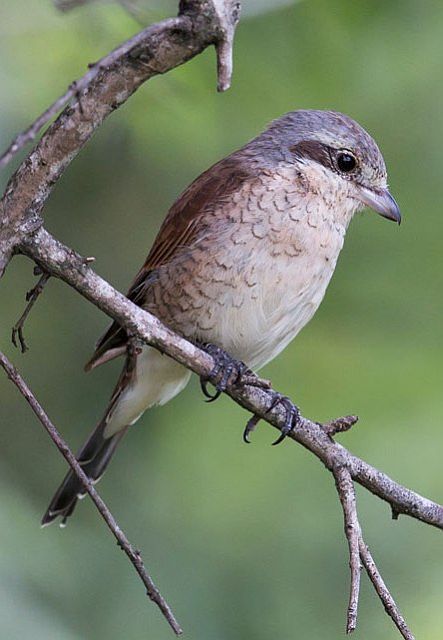 © Pumbaa
© Pumbaa 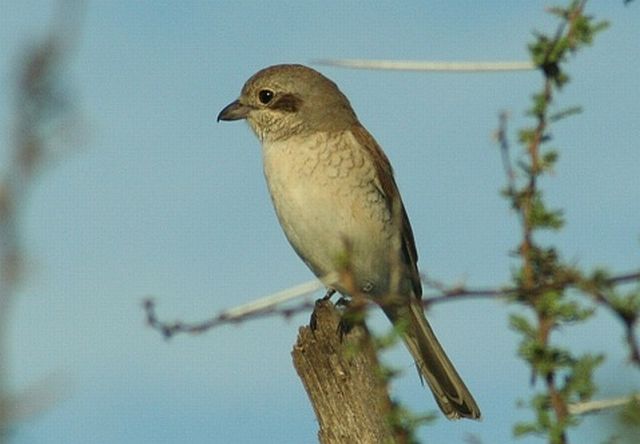 © pooky
© pooky © pooky
© pooky © Moggiedog
© Moggiedog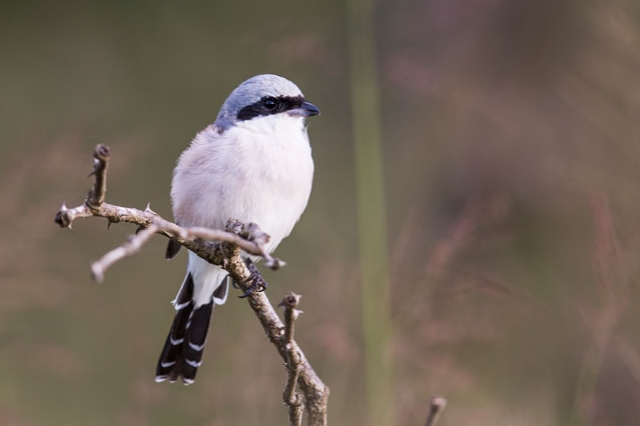 © Pumbaa
© Pumbaa 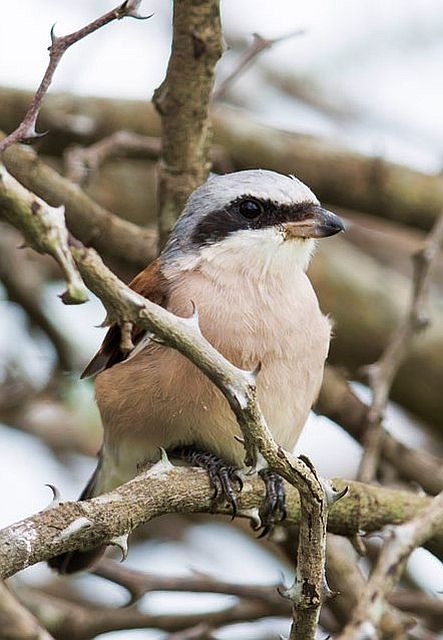 © Pumbaa
© Pumbaa  © Amoli
© Amoli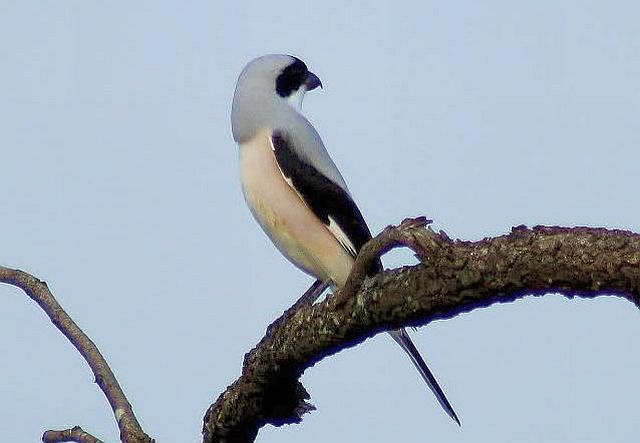
 © Dewi
© Dewi © Borderline
© Borderline © Amoli
© Amoli © Mel
© Mel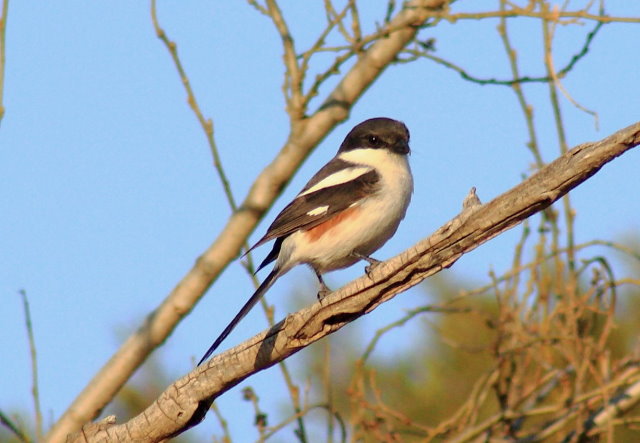 © Flutterby
© Flutterby © nan
© nan Male © Dewi
Male © Dewi
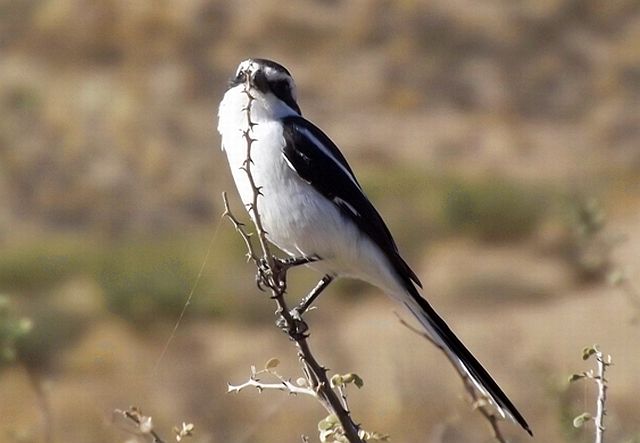 © pooky
© pooky